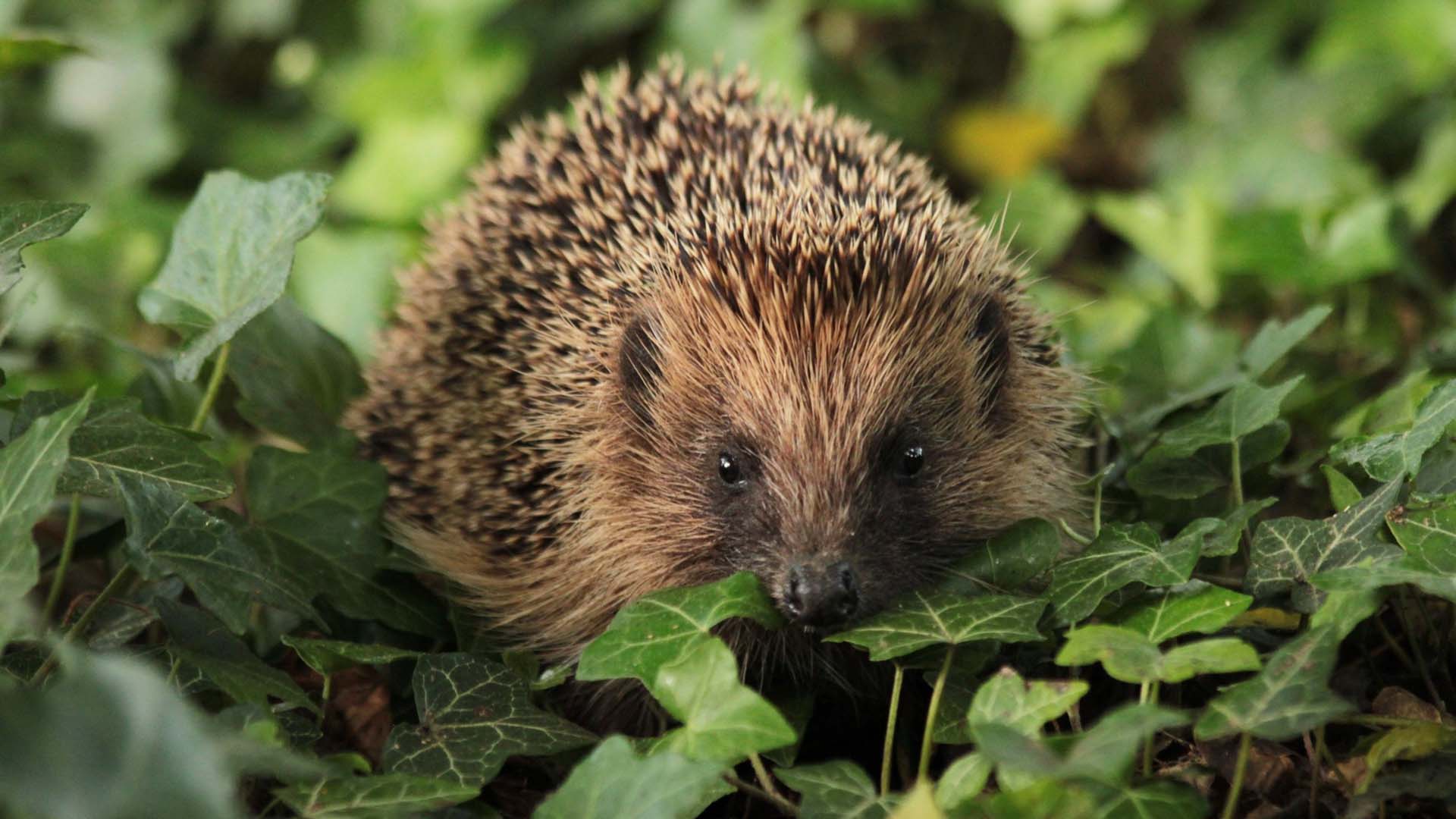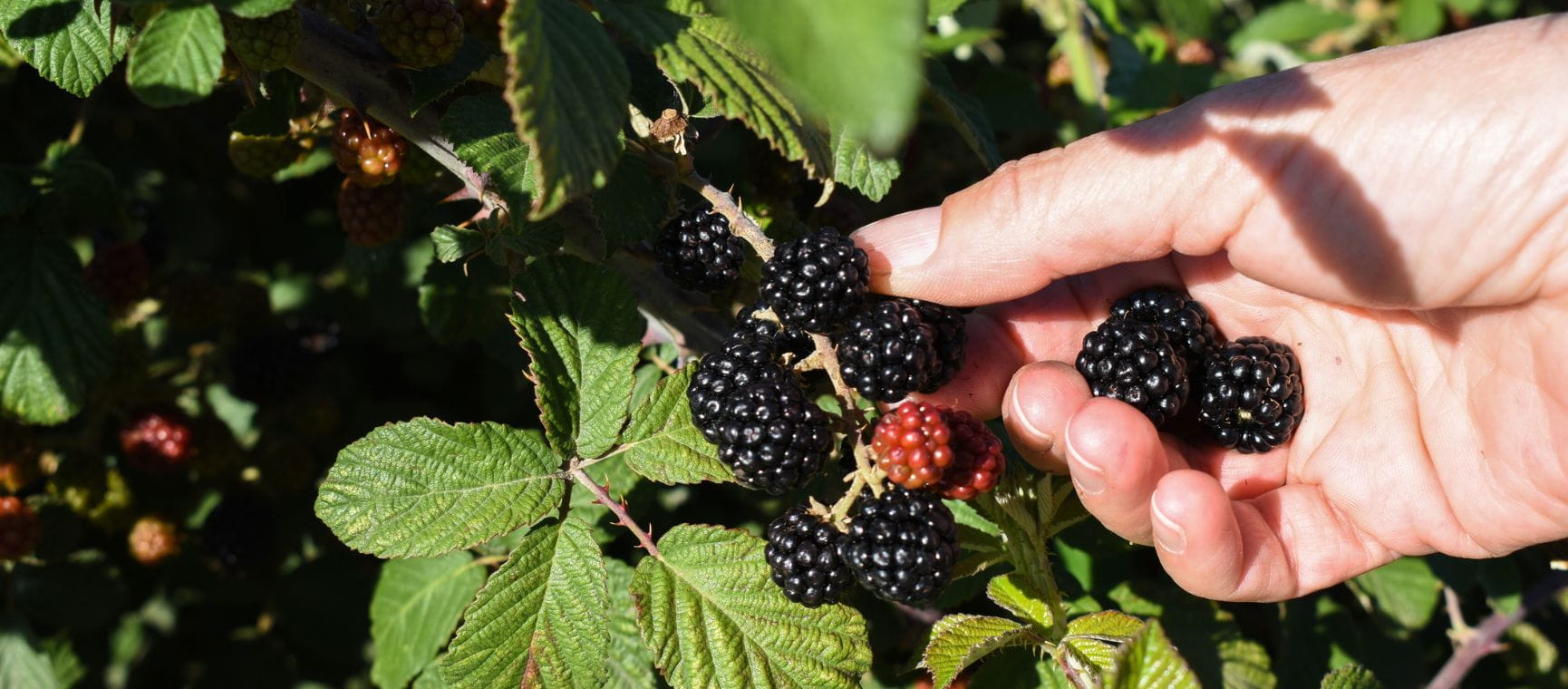
Its that time of year again, when those of us with access to the countryside are watching the hedgerows like hawks.
Blackberries are ripening in our bramble patches and along country lanes and it's time to head out with bags and empty tupperware to make the most of nature's banquet.
But we've all come a cropper at some stage, whether its being scratched by thorns or popping a bitter berry in our mouths by mistake.
So we've gathered together the best foraging advice on how to pick the sweetest blackberries, the amazing health benefits they boast, and if you don't fancy risking bramble scratches, how to grow blackberries at home without them taking over your garden.
If you’ve ever tried to handle brambles in your own garden, you’ll know they can be tricky. And prickly. It makes sense to protect your hands and forearms if you intend to go blackberrying in the wild.
“Wear long sleeves, trousers and gloves,” advises Esther Frizell-Armitage, Team Wilder community ecologist for Avon Wildlife Trust.
“Using a litter picker, walking pole or stick can help you reach the most tempting treats. Some thorns can harbour diseases, and puncture wounds can cause infections if not treated as soon as possible.”
A lightweight pair of thorn-proof gardening gloves should do the job.

Depending on where you live, your local hedgerows and bramble thickets might be along roadsides. It may sound obvious but don't forget to watch out for traffic when you are picking.
“Do try to avoid busy roads and blind bends for your safety,” says Frizell-Armitage. And it’s important to know where you’re putting your feet, especially if you’re in a forest or on a coastal path.
“Please don’t trample on wildflowers in your efforts to reach a clump of berries,” she adds.
According to folklore, when the devil was cast out heaven by St Michael, he landed on a bramble bush and cursed it.
The tradition is that this caused blackberries to become unpalatable around 29 September – St Michael’s Day – after which it was believed they should not be picked.
No one wants to eat fresh, wild berries that are covered in chemicals or may have been peed on by a dog. Make sure your blackberries are safe to eat by choosing your foraging spots wisely.
Blackberries growing along busy roadsides will likely be polluted with exhaust fumes and dirt thrown up from passing vehicles.
“Be aware of hedges along fields of crops, which might have been sprayed with insecticides or pesticides,” says Frizell-Armitage. “Seek out bramble bushes in parks and along the edges of woodlands where possible.”
“Pick berries from higher up the bush – if you’ve ever followed a dog along a hedge, you’ll know why!
"Wash the fruit when you get home by soaking it and then drain and dry the berries on a paper towel.”

Not all berries are created equal. A huge part of understanding how to pick blackberries well is identifying the ripest, tastiest fruit.
“These luscious delights have a deep purple-black colour and a glossy sheen,” explains forager James Wood from Totally Wild UK.
“They are round and plump, with a cluster of tiny seeds hiding within. To ensure you're picking the ripest berries, gently give them a squeeze. If they yield slightly and feel soft, you've hit the jackpot!
"Avoid any berries that are hard, incredibly mushy or have visible signs of mould. Trust me, your taste buds will thank you later.
“As they get older, they become sweeter, so there's a bit of a game to be had in finding the plumpest ones that look like they're just ready to burst.”
Wood says when he doesn’t have his trusty basket to hand, he picks straight into a plastic freezer-safe tub, so the juice doesn’t leak everywhere.
If you've picked a bumper crop there are more uses for blackberries than just in pies and crumbles.
Saga Magazine's senior digital editor Phillipa Cherryson says she loves experimenting with different blackberry recipes.
"I've made blackberry vodka, blackberry gin and even blackberry whisky," she says. "Blackberry coulis and conserves are great too.
"My favourite is spiced blackberry jelly which I make to go with cheeses or cold meats (recipe in Hedgerow Harvest (out of print but available secondhand on Amazon).
Keeping the ripest, fit-to-burst blackberries intact can be tricky. It’s a known issue for professional and commercial pickers, too, so if you find yourself in a bit of a mess, you’re not alone.
“Use your thumb and first two fingers to encase the blackberry and keep even pressure on each finger,” advises Wood.
“Pull only the fruit away from the stem in a straight line (directly away from the stalk, as though the fruit were a sock you're taking off your foot).”
“The stem will stay on the bush, and you'll have a lovely intact blackberry. What you do next is your choice, whether you pop it straight in your mouth or in the basket is completely up to you.
"I usually follow the rule of one for me, one for the basket.”

“While it might be tempting to strip the brambles of all the ripe blackberries, do consider that birds and small mammals also enjoy these juicy dark fruits,” says Eric Michels, head Vivara Pro at CJ Wildlife.
“Blackberries are naturally high in vitamin C, giving birds a boost of energy and sustenance during a time when insects and other food might not be in abundance."
“Blackberries are a valuable food source for a range of species, including badgers, foxes and rare mammals, such as the hazel dormouse,” says Frizell-Armitage. “They help to fatten up these animals, so they can get through the winter."

Blackberries are an absolute superfood. They contain plant compounds that have a protective effect age-related neurodegenerative diseases and bone loss.
These super berries could also potentially reduce the growth of cancer cells, provide anti-inflammatory properties and offer benefits for the heart, gut and brain.
And if you eat them straight from the bush, they contain more vitamins and nutrients than any shop-bought blueberries, blackberries or raspberries. This is because the levels of nutrients in fresh foods start to drop as soon as they are harvested and continue to fall while they are being transported and stored.
Registered nutritional therapist Alex Allan said: "Berries are a great source of antioxidants like vitamin C and polyphenols. However, those nutrients begin to degrade after they’ve been picked.
"Blackberries picked and eaten fresh (within hours) retain more of these beneficial compounds than shop-bought blueberries, for example, which may have been picked days or even weeks prior.
"Plus, freshly picked blackberries from local hedgerows will typically have been sprayed with fewer or no pesticides. Supermarket blueberries, particularly those that have been imported, may be treated with preservatives or pesticides unless labelled organic."
So either eat your blackberries straightaway or freeze them - by lowering the temperature so that the water in the food freezes (around -20℃), you will slow down the chemical reactions that occur – preventing important nutrients from being lost.
Cherryson freezes kilos of blackberries every year.
She says: "I wash the blackberries as soon as I get home, by soaking them in lots of cold water and refreshing several times for about 10 minutes or so, to get rid of any bugs or debris.
"Ideally you should then dry them, spread the blackberries out on trays and freeze - only bagging once frozen. I never have time or space to do that, so I just drain the berries, weigh them into freezer bags (marking the weight on the label) and put them in the freezer. I defrost in a colander to get rid of any excess moisture.
"I find 225g is an ideal weight to freeze for a crumble or pie mix as wild blackberries have more taste, but more pips."

If you’re less mobile or don't fancy tackling a thicket you can grow your own at home.
Gardening expert Simon Akeroyd has some tips on how to get started.
“The fruits are usually larger and sweeter than the brambles growing out in the wild,” he explains.
“They have been bred for their improved flavour, too. Many plant nurseries sell compact varieties that are ideal for growing on a patio. There are even some almost ‘thorn-less’ varieties to try, which your hands and forearms will thank you for.”
“The best way to grow a blackberry is in a pot on the patio. I’ve even grown a blackberry in an old dustbin with holes drilled in the bottom as drainage holes.
"You could plant it in the ground but be aware it’s basically a bramble. It can become invasive and spread through the rest of your garden if you’re not careful.”
Akeroyd recommends choosing a compact blackberry variety, such as ‘Tiny Black’, ‘Opal’ and ‘Little Black Prince’.
Each winter, cut some of the older canes away, back to near the base of the plant. Leave the younger growth as these will produce fruit the following year.
Just repeat this process each year and you will be able to enjoy going blackberrying from the comfort of your own garden.

Find out about Saga's gastronomy holidays here...
They say the way to the heart is through the stomach, and Saga’s thoughtfully crafted food and wine holidays are perfect if you like trying new flavours and exploring traditional methods of cooking.
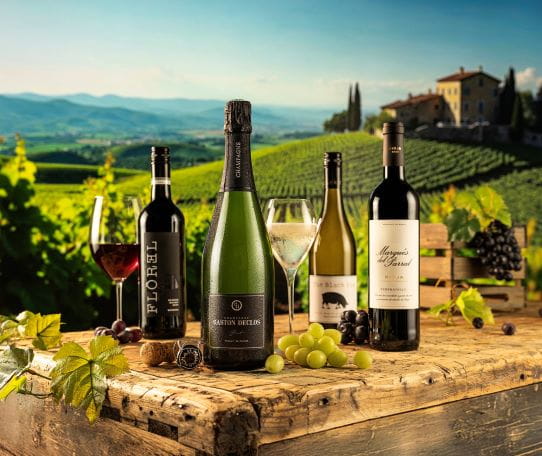
Enjoy the convenience of premium wines delivered direct to your door - Join our wine club today and save £84 on your first case
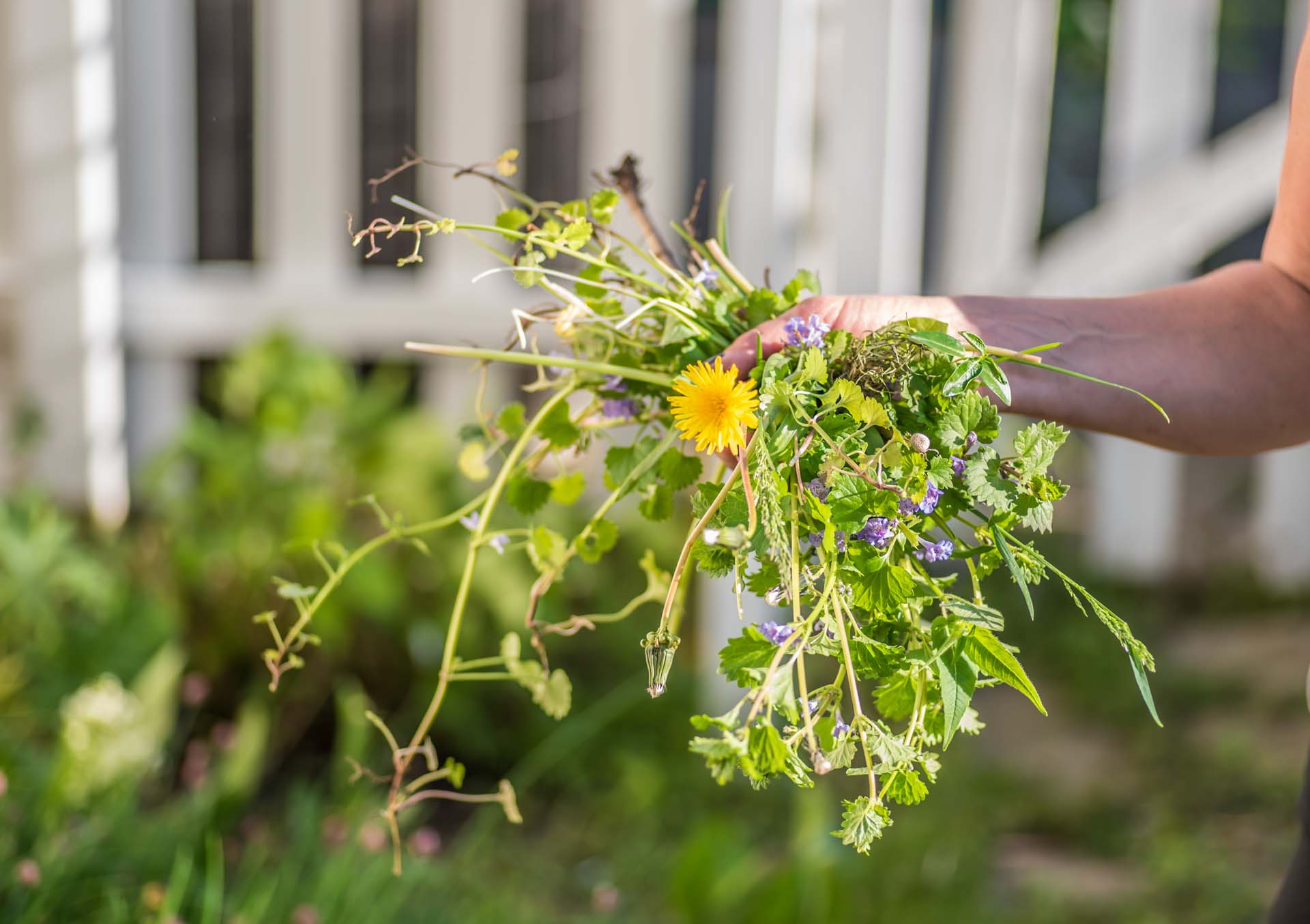
Discover ten easy ways to get rid of weeds naturally while protecting the ecosystem.
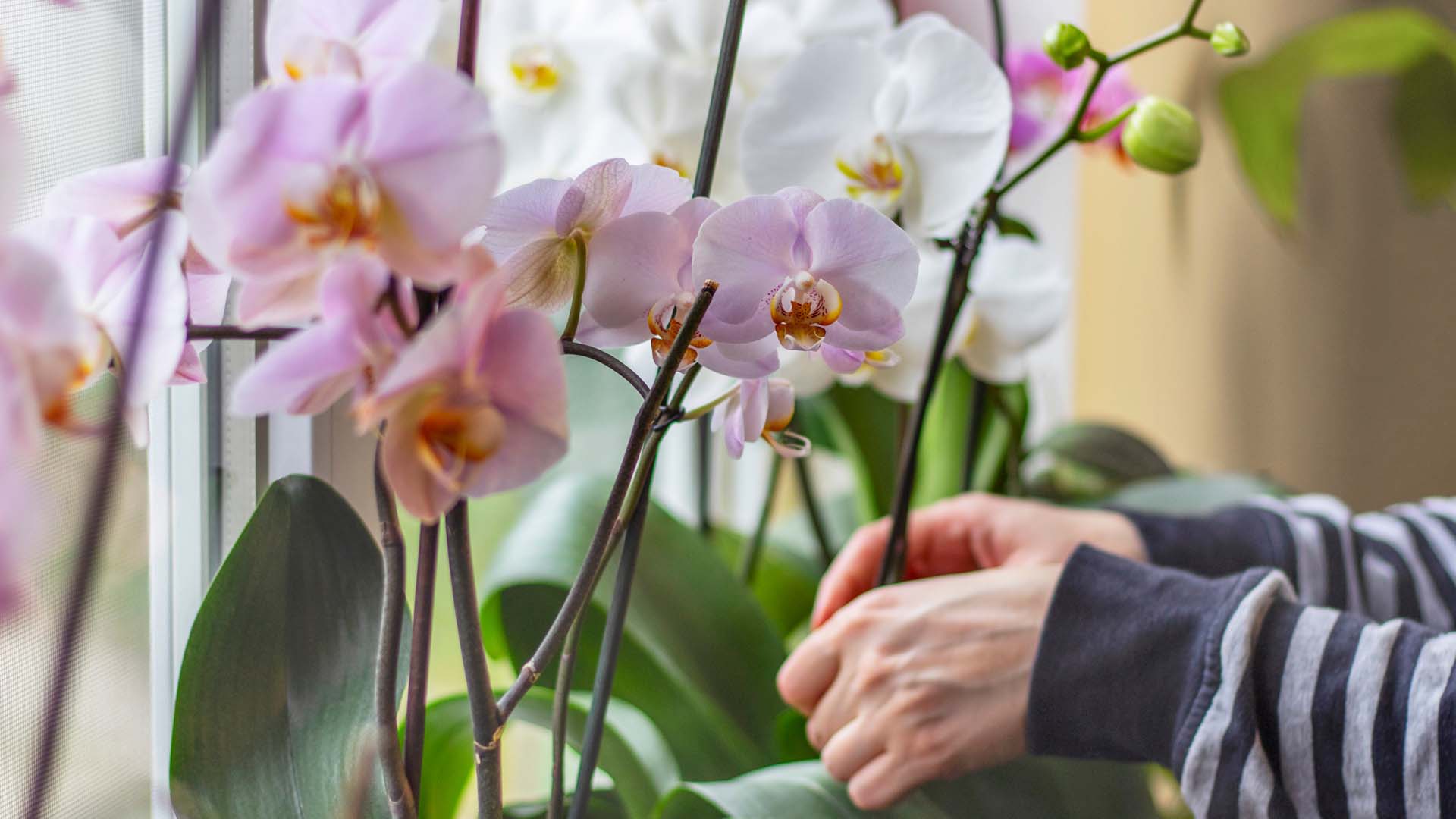
Our expert pruning and watering hacks include a top tip to keep them flowering from Alan Titchmarsh.
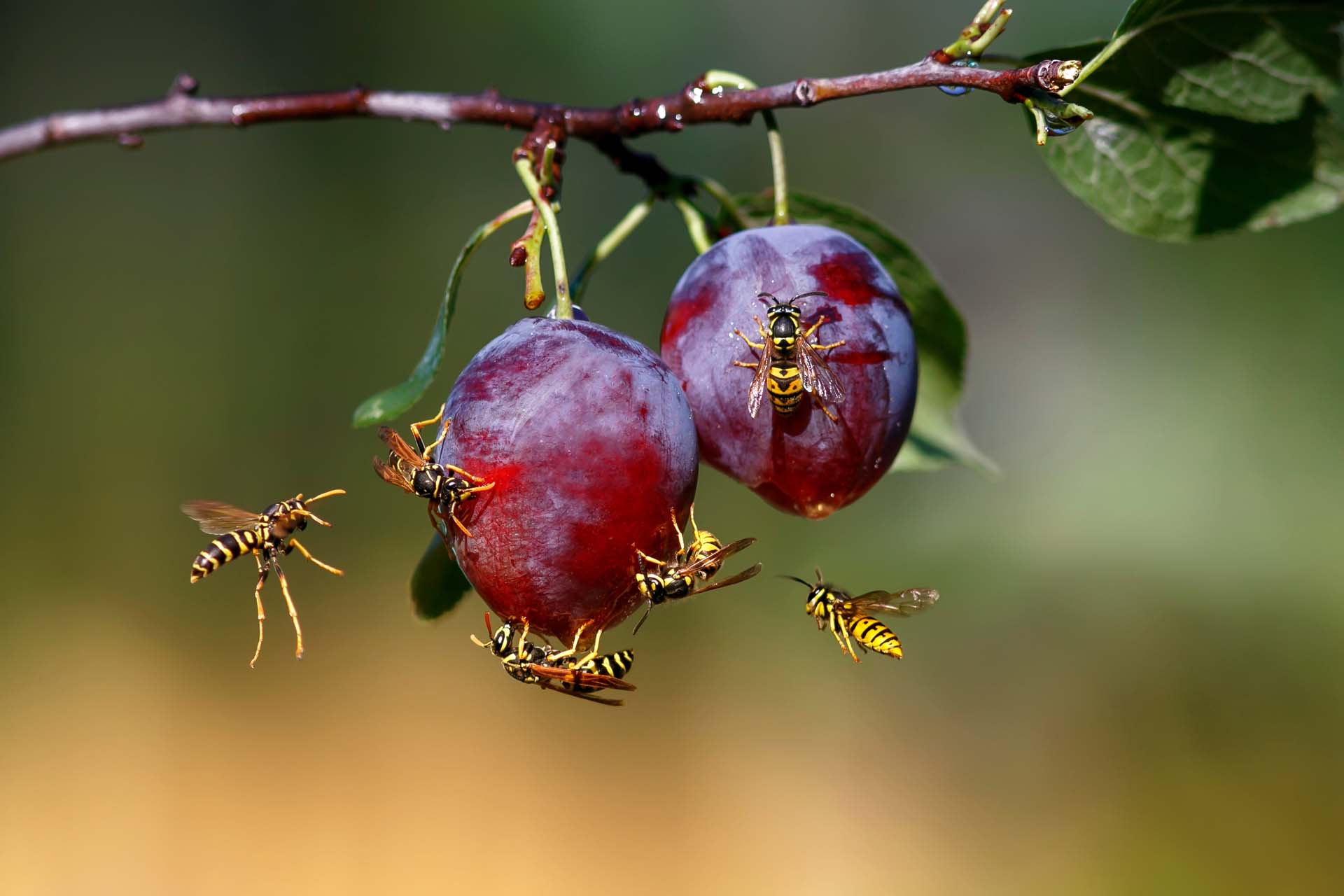
Blighted by buzzing? How to keep wasps out of your garden without harming them so you can enjoy the summer.
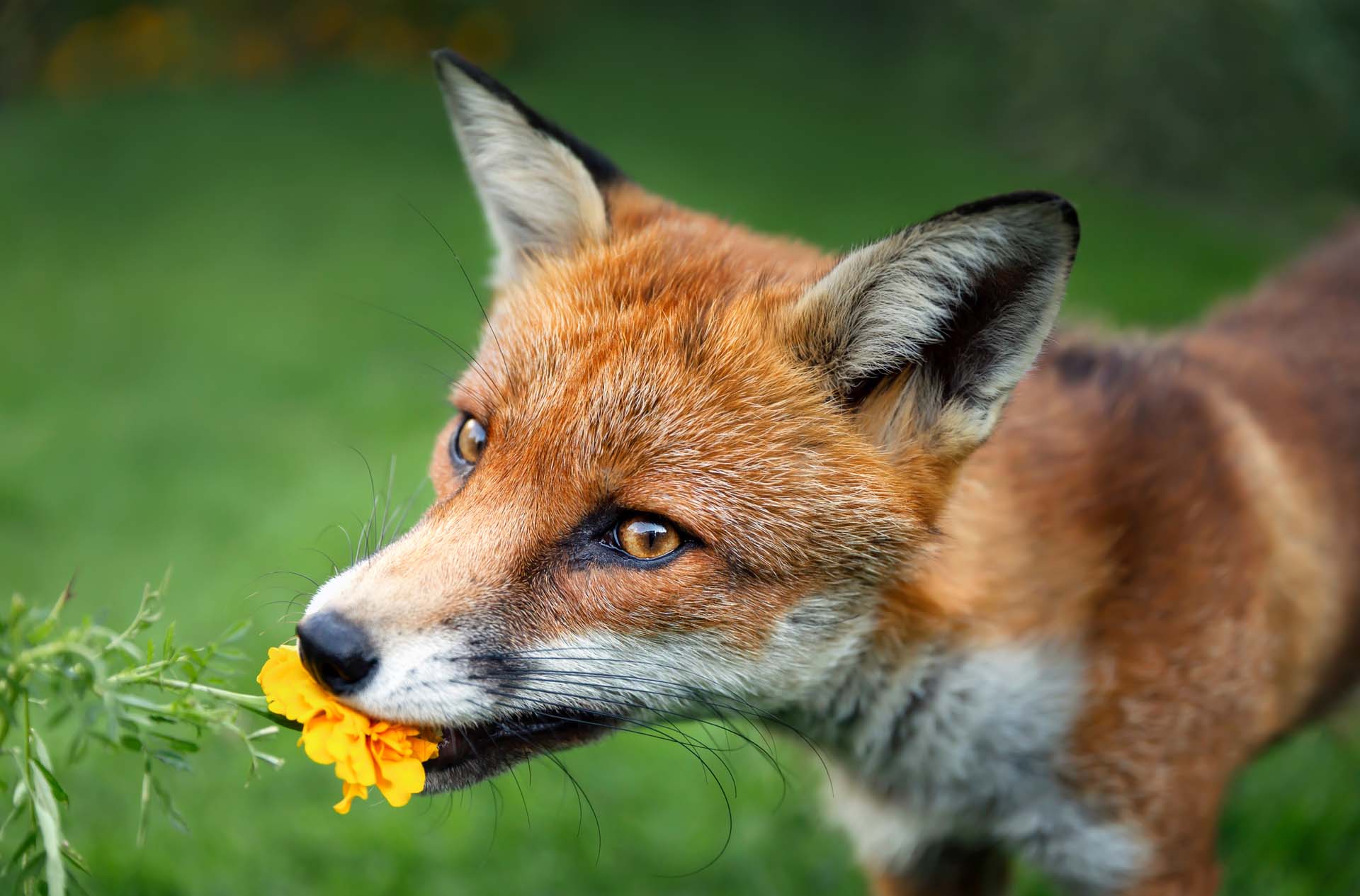
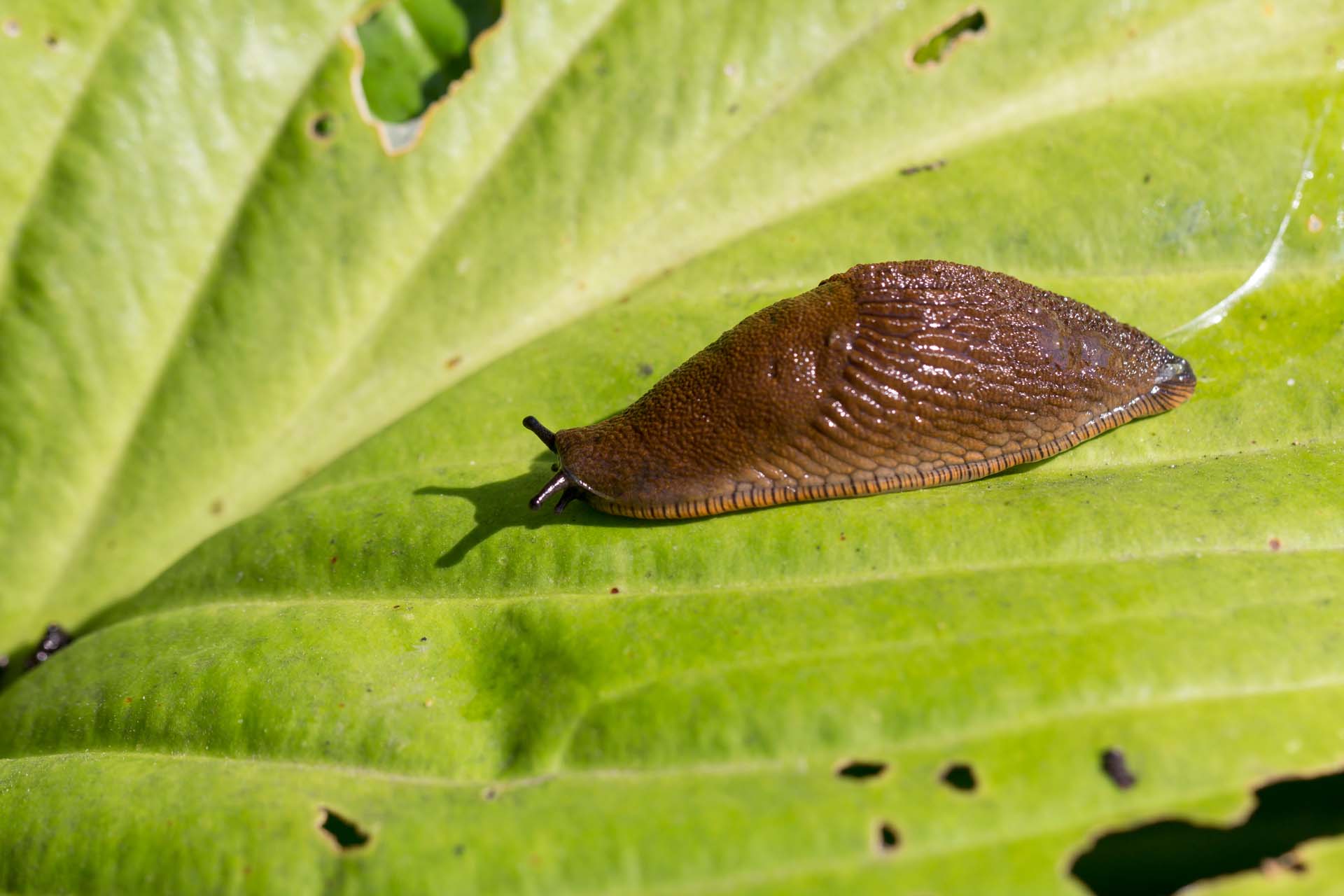
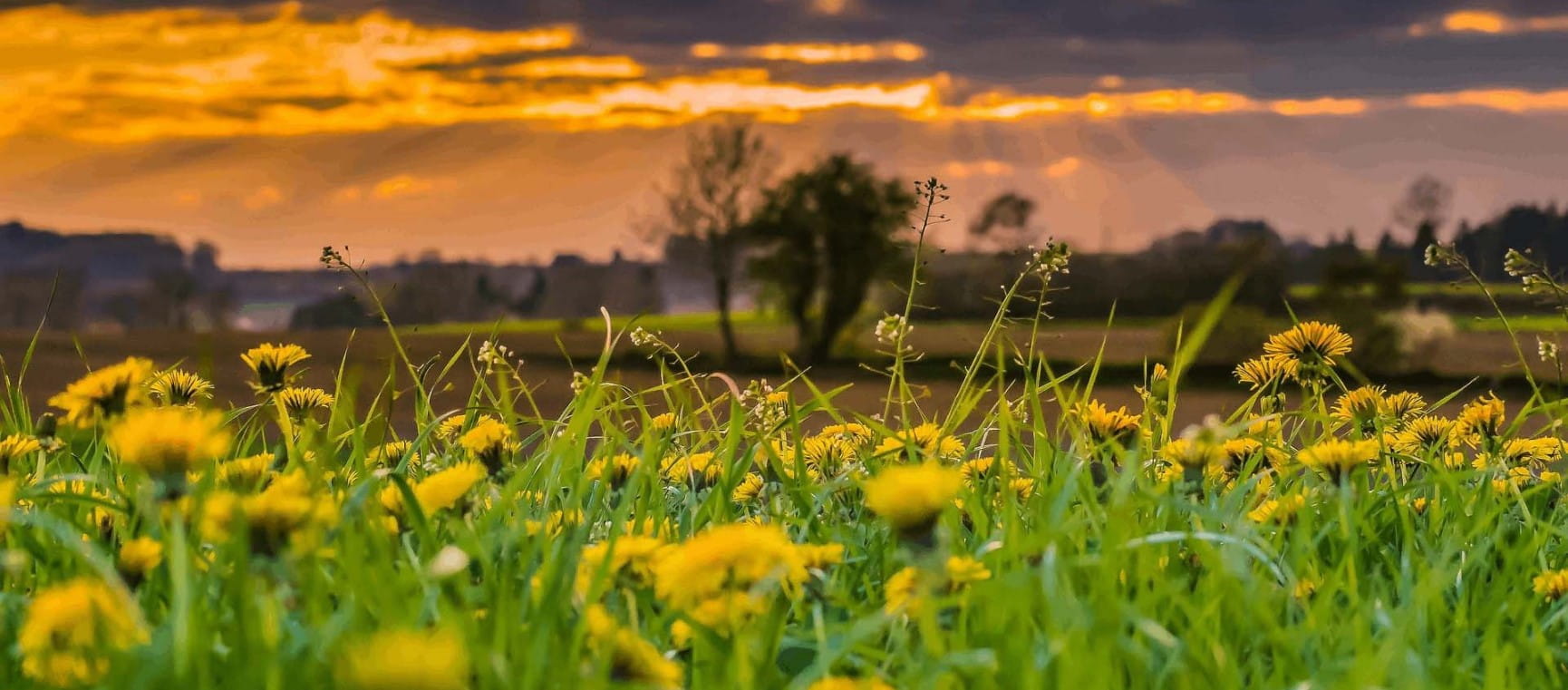
Want to know how to get rid of dandelions? Advice on how to tackle them but why they might be worth sparing.
